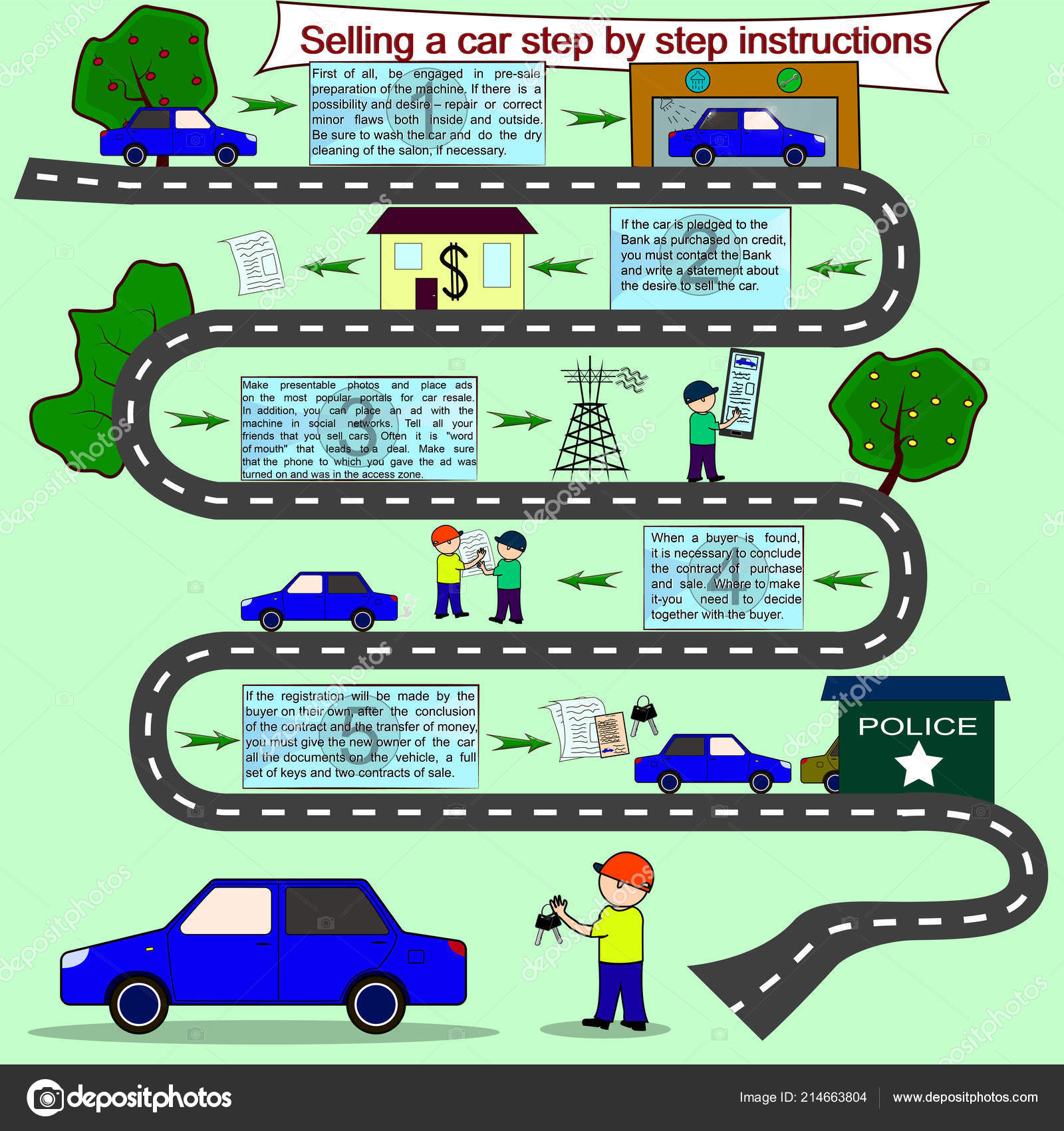A Beginner'S Manual For Interpreting Your Vehicle'S Alert Lighting
A Beginner'S Manual For Interpreting Your Vehicle'S Alert Lighting
Blog Article
Produced By-Guy Emery
When you're behind the wheel, those little warning lights on your cars and truck's control panel can be fairly bewildering. What do they imply, and should you be worried? Recognizing these signals is important for your vehicle's well-being, however it doesn't need to be a daunting job. By decoding the secret behind each light, you'll be geared up to take care of possible problems successfully and maintain your automobile running smoothly. So, next time a caution light flashes, don't panic - arm on your own with understanding and take control of the circumstance.
Relevance of Car Caution Lights
Recognizing the value of your vehicle's warning lights is essential for maintaining your automobile's health and wellness. These lights act as your car's communication system, signaling you to prospective issues that can threaten your safety and security when traveling or result in expensive repair work if ignored. By paying attention to these cautions, you can attend to issues early and avoid additional damages to your lorry.
Neglecting advising lights can cause severe repercussions, such as engine failure, brake breakdowns, and even accidents. These lights are made to notify you of issues varying from low tire stress to engine breakdowns, offering you the chance to do something about it prior to the situation gets worse. https://www.forbes.com/wheels/advice/when-is-a-car-not-worth-fixing/ examining and recognizing these cautions can save you time, money, and ensure your safety and security while driving.
Along with keeping you secure, responding immediately to advising lights can additionally help lengthen the life expectancy of your cars and truck. By dealing with https://messiahoidwr.bloggerswise.com/35924625/the-all-inclusive-guide-to-auto-detailing-vital-actions-for-a-gleaming-end-up on, you can avoid small problems from intensifying into significant repair work, ultimately conserving you money and time in the future. Bear in mind, your cars and truck's caution lights are there for a reason - don't neglect them!
Common Warning Lighting and Meanings
When it comes to driving your car, being aware of common warning lights and their significances is crucial for your security and lorry maintenance. Below are https://oil-and-filter-change61615.blogdun.com/29839109/foster-a-reliable-alliance-with-your-technician-by-implementing-experienced-suggestions-for-creating-a-lasting-connection of common warning lights you might come across:
1. ** Examine Engine Light **: This light shows a concern with your engine. Maybe something minor like a loose gas cap or something much more serious like engine misfiring.
2. ** Battery Light **: This light signals a trouble with your car's billing system. It can indicate a malfunctioning battery, alternator, or other relevant components.
3. ** Oil Stress Light **: When this light comes on, it implies your engine might be running low on oil or experiencing reduced oil stress, which can cause engine damage otherwise addressed quickly.
4. ** Brake System Light **: This light shows a problem with your braking system. It might indicate reduced brake fluid degrees or a trouble with the brake system that calls for prompt focus.
Recognizing these usual warning lights will aid you determine prospective issues at an early stage and protect against even more significant issues in the future.
Just how to Respond to Warning Lighting
On the occasion that a warning light brightens on your car's dashboard, it's critical to respond without delay and properly. When a warning light comes on, the very first step is to consult your owner's manual to comprehend the details problem shown by the light.
Some lights require prompt interest, while others may suggest a much less urgent matter. If the warning light is red or flashing, it's usually an indicator of a significant issue that requires immediate action. In such cases, it's a good idea to pull over securely, switch off the engine, and seek expert assistance.
For yellow or orange warning lights, while they may not need prompt interest, it's still vital to address the hidden problem quickly to avoid additional damages. Normal maintenance and assessment can aid prevent alerting lights from coming on unexpectedly.
Conclusion
Finally, comprehending your cars and truck's warning lights is critical for maintaining your automobile's health and safety. By routinely checking and responding to these cautions, you can deal with potential problems early and prevent pricey repairs or security dangers. Keep in mind to consult your proprietor's manual for information on different caution lights and constantly take prompt activity for red or blinking lights. Stay aggressive and keep your car running smoothly!
